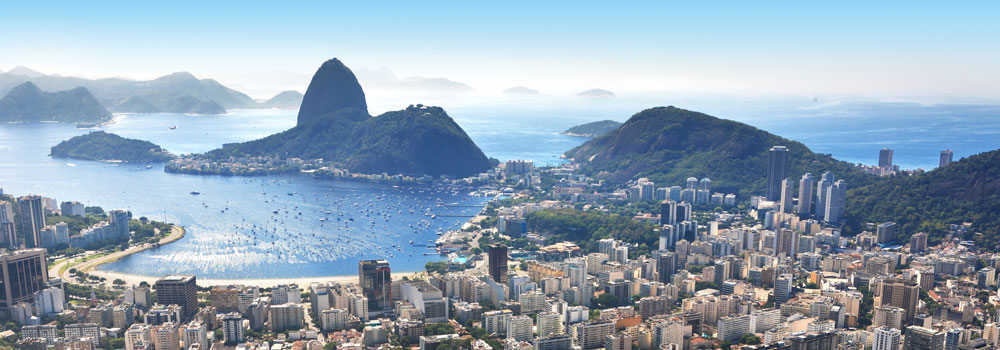The world’s fifth largest country could fit India into its top pocket and still leave space for another few nations to slip in comfortably too.

It’s not the destination for a casual, see-what-happens family holiday but it is one of earth’s greatest adventures, keeps several of the planet’s most spectacular landscapes within its boundaries and will never fail to amaze and stun on a minute-by-minute basis.
Brazil has 20 UNESCO World Heritage sites including the Central Amazon and the Iguaçu National Park.
Direct flights all year round from the UK to Rio de Janeiro and Sao Paulo – flying time between 11 and 15 hours.
The Central Amazon Rainforest in Brazil (Amazonas) is one of the world’s top five eco-tourism destinations.
Brazil has over 8000km of coastline and some of the world’s most iconic beaches from Ipanema and Copacabana in Rio to, lesser known legends like Lopes Mendes on Ilha Grande and Santa Catarina’s Lagoinha do Leste.
Brazil’s the world’s most bio-diverse country with more than 50,000 plant species and more known species of mammals and fish. The Pantanal is Earth’s largest area of tropical wetland, covering almost 195,000km² and most of it lies in central Brazil’s Mato Grosso do Sul region, now a UNESCO World Heritage site. As the only country with both the Equator and Tropic of Capricorn running through it, Brazil has eight different climate zones and several micro-climates.
No surprise that a country the size of Brazil has dozens of. ‘best in world…..’ road trips. But, unless you’re planning to be here for months, driving’s the most inconvenient and time-consuming way to travel.
Direct flights from Rio de Janeiro and São Paulo connect to main airports in every region and, in some cases, to smaller provincial airports. Another inter-region option is the country’s network of luxury buses called leitos. These normally operate overnight services, have fully reclining seats and cost less than flights.
Don’t drive in cities: public transport’s generally good and keeps late hours, taxis are easy to find, just make sure they’re official city taxis and agree fares in advance.